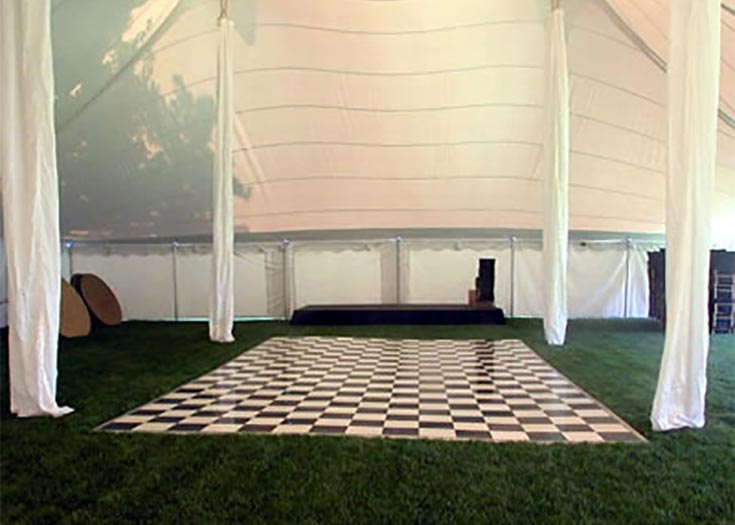Investigating the Diverse Materials That Convert Dance Surfaces into Breathtaking Visual Displays
Investigating the Diverse Materials That Convert Dance Surfaces into Breathtaking Visual Displays
Blog Article
Dance floors have developed considerably over the decades, becoming increasingly than just a space to move to melodies. Today, they are transformed into breathtaking visual encounters through the use of various materials and techniques. These substances not only enhance the visual appeal of the space but also enhance the overall experience for dancers and audiences alike. Understanding the flexible materials that contribute to these dynamic environments can provide understanding into the art of dance floor design.
One of the primary frequent substances used in contemporary dance floors is light-emitting diode lighting. LED lights are power-saving and can produce a wide variety of colors and effects. They can be integrated in the floor directly or used as part of a illumination system over the dance floor. This technology allows for coordinated light shows that can change in response to the melodies, creating an immersive encounter. The ability to configure these lamps means that they can be tailored to match different concepts or moods, making each event distinct.
Another important material is mirror-like surfaces, such as mirrors or polished tiles. These materials can create an deception of space and depth, making the dance floor seem larger than it is. When dancers dance, their images can add an additional layer of visual appeal, enhancing the overall show. Additionally, reflective surfaces can interact with illumination effects, amplifying the colors and patterns displayed on the floor. This fusion of light and mirroring can captivate spectators and boost the vitality of the event.
In furthermore to lighting and reflective materials, the use of electronic screens has become progressively popular in dance floor design. These screens can show vibrant visuals, graphics, or even real-time feeds of the performance. By integrating electronic technology, occasion organizers can create a multi-sensory experience that engages both the performers and the spectators. The ability to alter images in actual time allows for a fluid atmosphere that can adjust to the beat and vitality of the melodies, making each moment feel fresh and thrilling.
Furthermore, the choice of surface substance itself plays a crucial role in the overall encounter. Traditional wooden dance floors are still preferred for their strength and functional qualities. However, more modern materials like vinyl and elastic are becoming favor due to their flexibility and ease of maintenance. These substances can provide superior impact absorption, minimizing the risk of harm for dancers. Additionally, they can be crafted with multiple patterns and hues, allowing for creative expression in the dance floor's appearance.
In conclusion, the evolution of dance floors into stunning aesthetic encounters relies on a mix of creative substances and techniques. Light-emitting diode illumination, reflective surfaces, electronic screens, and customized flooring substances all contribute to creating an engaging setting for performers and spectators. As innovation continues to advance, the possibilities for enhancing dance floor design will only expand, making upcoming occasions even more captivating and memorable. Comprehending these materials helps appreciate the craftsmanship involved in creating environments where movement and music come together harmoniously visit here in unison.